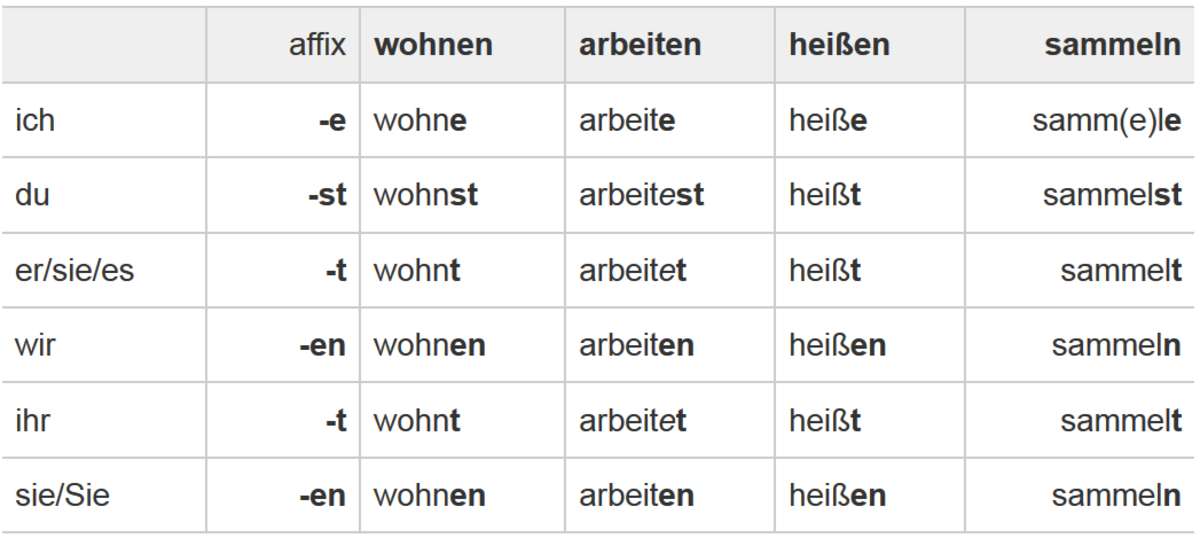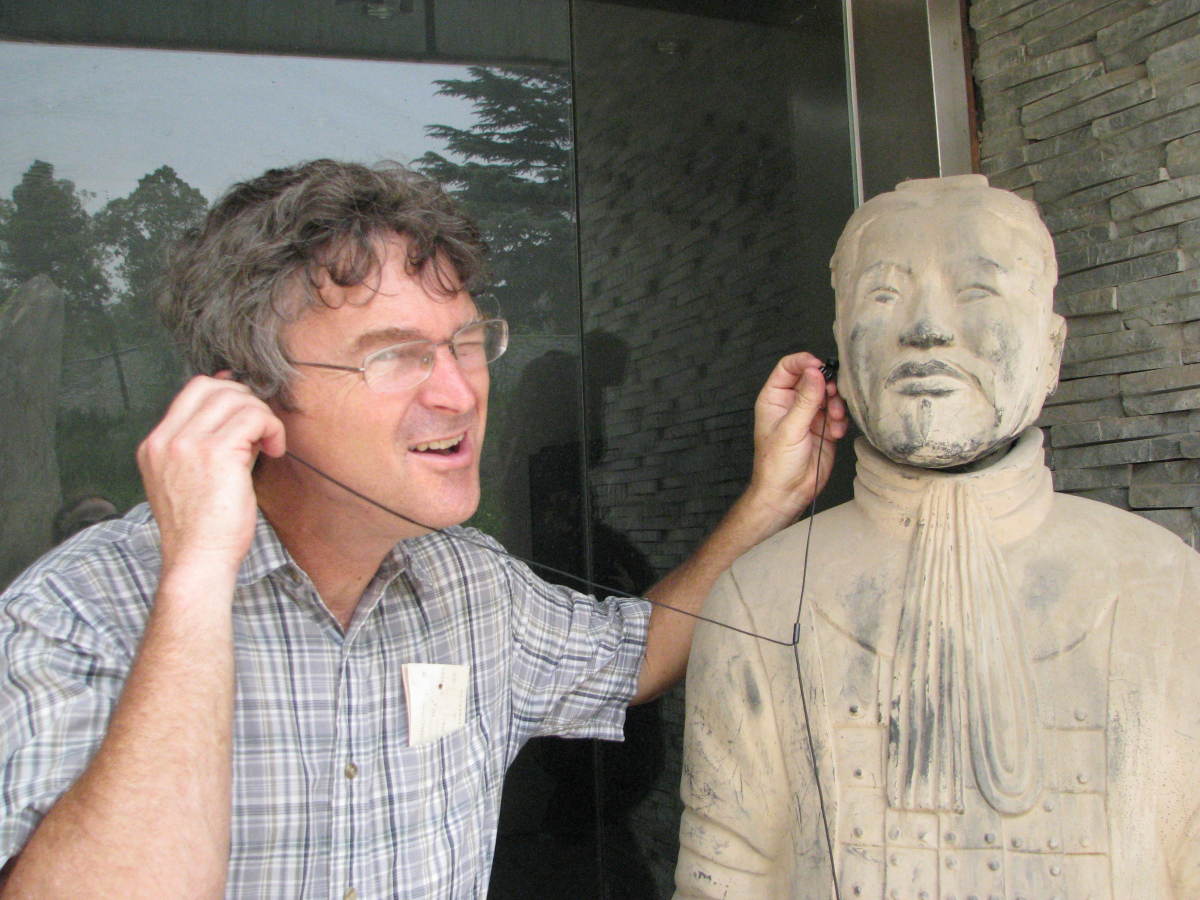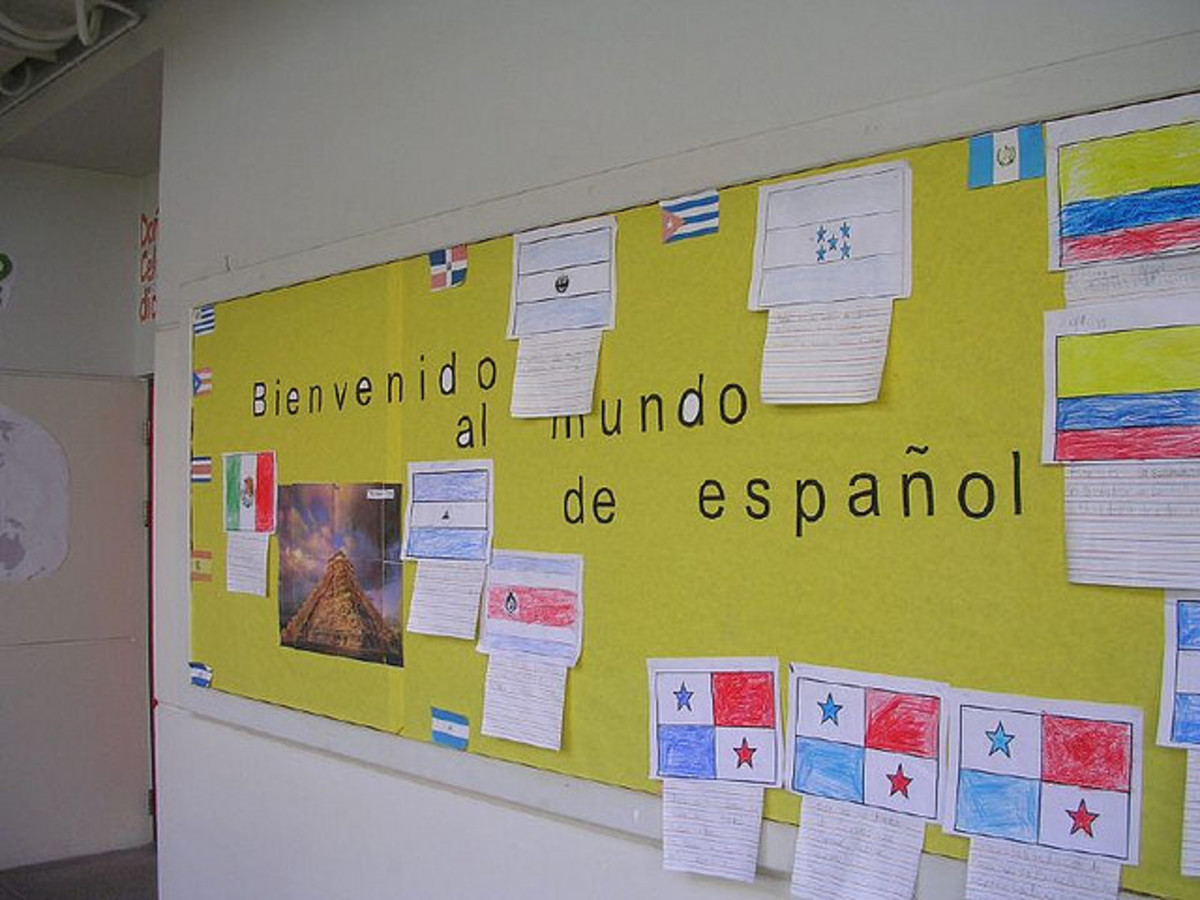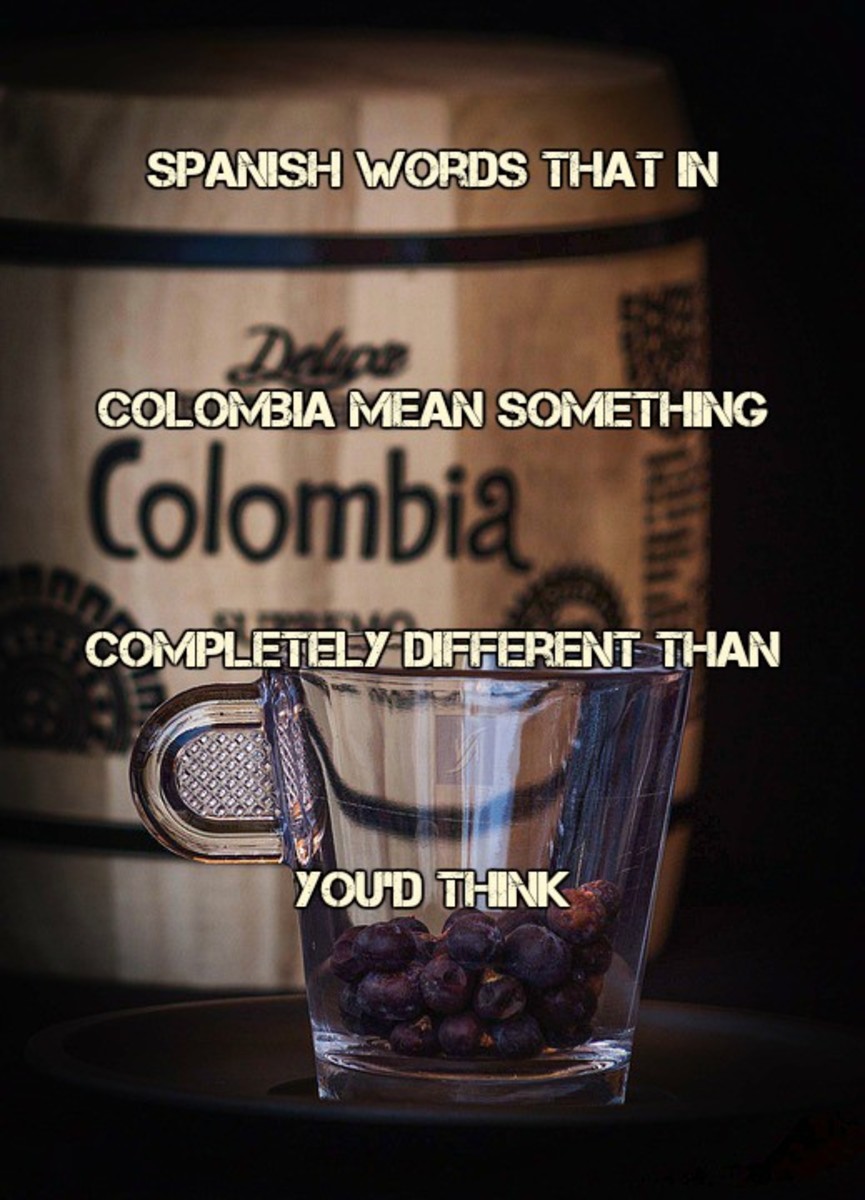Spanish Lesson Seven: Essential and Irregular Verbs

Before You Read
OMGosh what a long week it's been. Now that the craziness is over I can finally help you guys continue to learn Spanish "A Little At A Time." I really want some more feedback on these lessons pertaining to their usefulness. I hope that's not asking for much, but I really want to see if you all are actually learning from the lessons or if another approach would be better. Anyway, keep me posted.
These lessons are meant to be short and help you gain a steady fluency in the Spanish language. For those of you who have been reading, I hope you have found this information useful and are indeed retaining some of it. For those of you joining in for the first time, take a look at the previous lessons you've missed. The link is below.
Last week we finished up a three part lesson on important Spanish parts of speech. We've discussed nouns, verbs and adjectives. In the last lesson I taught you all about Nouns, Gender, and Articles in the Spanish language. I really hope you've retained that information. If you haven't go back and take a look. This lesson will add on to our lesson about verbs and conjugation. If you don't remember that lesson or want to review previous lessons, click on the link below.

Today's Vocabulary
Today we are discussing Essential and Irregular vebs in the Spanish language. These two words are in bold because they are very important when speaking the Spanish language. The word Irregular is meant to represent the idea that these verbs do no conjugate like regular -ar, -er, or -ir verbs. In fact the Essential verbs are known for this as well. So you have to pay a great deal of attention when reading this lesson. These verbs are in their own category.
Today you'll have two sets of vocabulary, brace yourselves. The first set will be Essential verbs. I will have notes next to these verbs in (). I'll explain them in the explanation portion of the lesson. So the first set Essential and the second set Irregular. Just think of them as all Essential verbs since you can't get by without them!!
6.Estudiar- To Study
7. Hacer- To Do/ To Make (c->g)
8. Creer- To Believe
9. Leer- To Read
10. Llevar- To Wear/ To Carry
1. Andar- To Walk
2. Aprender- To Learn
3.Conducir- To Drive (c->z)
4. Dormir- To Sleep (o->ue)
5. Escribir- To Write
6. Querer- To Wish/ To Want/ To Love (e->ie)
7. Sentir- To Feel (e->ie)
8. Volver- To Return (o->ue)
9. Tener- To have (e->ie)
10. Pensar- To Think (e->ie)
1. Saber- To Know (*See Explanation)
2. Dar- To Give
3. Ir (sound exactly like "ear")- To Go
4. Estar- To Be*
5. Ser- To Be*

Warm-Up
Take note of what I've put in the () and see if you can guess what it means. If you can't just keep reading. Also go over your notes of Ser and how it's conjugated. I won't reiterate its conjugation, but will discuss a tiny bit about Estar, the other verb meaning "to be".
Today's Resource
I Don't Understand What's In The Parentheses
That's great, because it's not very obvious at all. Now the verbs in your list are all irregular in some way save for Andar, Aprender, Escribir, Estudiar, and Creer. The others all have a special way of making their mark on your brain waves. In order to be proficient in these verbs you need to understand how they work in the Present Indicative. Yes we're talking about one of the sixteen tenses. Some of these verbs follow the formula for those other tenses and some don't. We're not past the indicative tense quite yet so we'll learn only how these verbs work in the Present Indicative.
E->IE?
I understand it doesn't make sense. This is a note that the verb is Stem-Changing which means that it changes in the Present Indicative once it's conjugated. What this means is that the First E becomes IE and then obtains its original ending based off the verbs -ar, -er, or -ir ending.
EX: Let's take Sentir which means "to feel" in Spanish. Sentir is an -ir verb and ends the same way as all the other -ir verbs, however its stem changes throughout. When you see e->ie, remind yourself that the first e in the verb becomes ie and then add on the appropriate ending for what the verb is specifying. Like so.
Siento enfermo. I feel sick. The ending -o is appropriate but its stem changed. Instead of Sento, we get Siento. That stem changing principle is present in all conjugations except the Nosotros form. We'll get Sentimos.
O->UE/U->UE?
Exactly the same format. Take Dormir: Duermo, Duermes, Duerme, Dormimos, duermen. Jugar (To Play) fits the U->UE rule becoming Juego in the Yo form It continues juegas, juega, juegamos, juegan.
The Yo Form Is Different From The Others
Some verbs are only different in the Yo form. This is true for Conducir, Hacer, Leer, and Saber.
C->Z + C
Some verbs change in the Yo form only. One such common thing is the changing of z before the c in the yo form. Think about it like this. Coduco looks kinda funny doesn't it? It just doesn't feel right. At least to me. I think that feeling comes over time. If it doesn't feel right, it might be wrong. Conducir, for example becomes Conduzco. How does that sound? Better... yeah I know a lot different. But it is regular the rest of the way conduces, conduce, conducimos, conducen.Other examples include Conocer- To Know (Conozco).
C->G
Okay, so explaining this is a bit difficult. There are some things that just don't make sense really. I must explain that the letter g can also be place to enhance the pronunciation of a word. Take Hacer. Haco does not look or sound right. We change that c to a g to make it sound a lot better. We get Hago from that. How's that? Better? Now Hacer conjugates regularly the rest of the way, haces, hace, hacemos, hacen. Adding the letter g can be used for Salir- To leave (Salgo), Traer- To Bring (Traigo), Poner- To put (Pongo), Decir- To say/speak (Digo) and Tener- To Have (Tengo) among others.
Saber becomes Sé in the Yo form. Sabes, sabe, saben, saben. For other changes in the yo form for other verbs, check out this link. Verbs With Irregular First Persons
The Conjugation of Ir
Ir is a powerful verb and is the root to several different rules of Spanish rhetoric. It is pronounced "ear". It means "To Go" and is definitely Essential. Take a look at the chart below on how to conjugate it.
Subject
| Spanish Pronoun
| Conjugation
|
|---|---|---|
I
| Yo
| Voy
|
You
| Tú
| Vas
|
He/She/You (Formal)
| Él/Ella/Usted
| Va
|
We
| Nosotros
| Vamos
|
They (Informal)/ They (formal)
| Ellos or Ellas/ Ustedes
| Van
|

Homework
I know that was a lot of information, but come Lesson Ten, your Warm will consist of translation and conjugation. You'll have plenty of time to forget and will have no choice but to review and reiterated what you've already learned. Spanish is difficult at times, but only if you have not repeated it over and over again. For your homework I've found an awesome video that mirrors Lesson Three. It's not much, but it's nice to hear and see things.
Next Lesson I'll explain Ser Vs. Estar (To Be). Saber Vs. Conocer (To Know) will come in time and I hope you've learned some more Spanish today. Hasta la semana siguiente!
Until Next Week...









